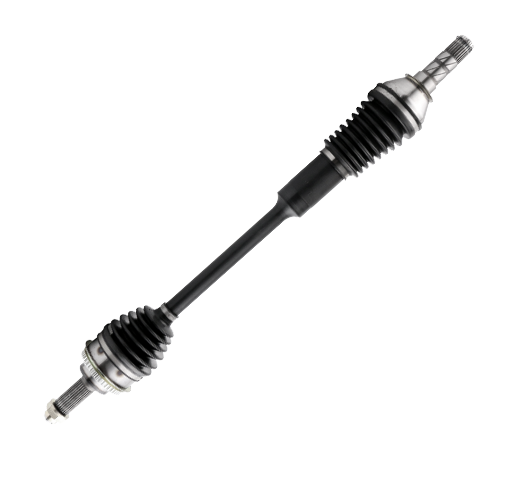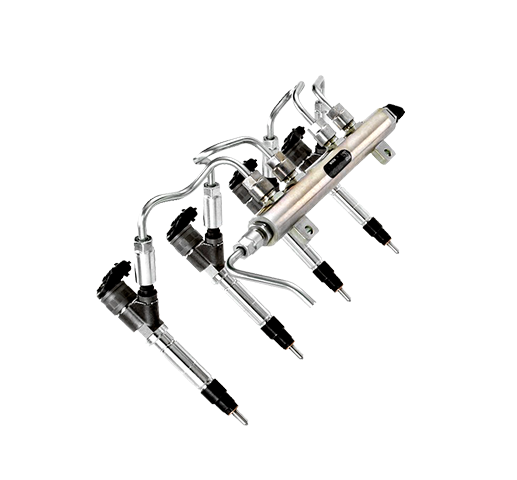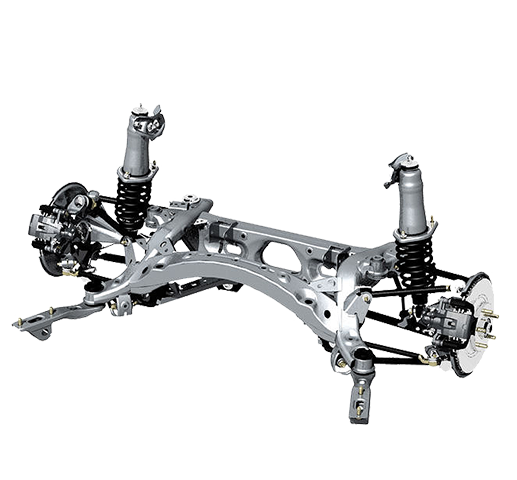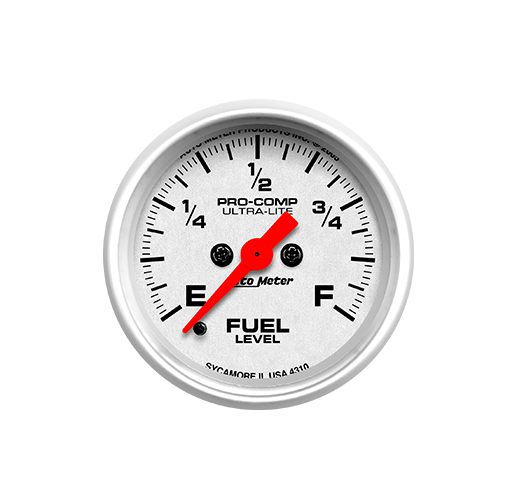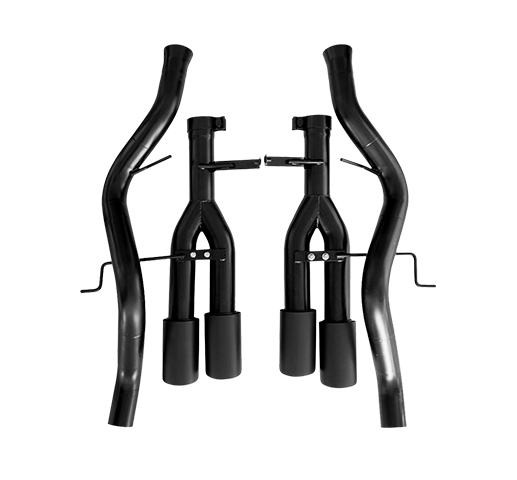
CV joints. We will let you know what they are, why they are used and how to diagnose a worn joint.
Overview
Does your car make a clicking sound when turning tightly? e.g. when turning into a car park? If so, then one or more of your CV joints will be worn.
Operation
The CV joint or constant velocity joint is used on all front wheel drive cars and some 4WD and rear wheel drive cars.
On front wheel drive cars one joint is situated at each end of each drive shaft (4 in total) and they allow the drive shafts to move up and down with suspension movement while still transmitting power to the wheels. They also allow the front wheels to turn while still transmitting power to the wheels.
CV Boots
The CV joint is filled with special grease and protected by a rubber sheath (referred to as a boot). The boot keeps the grease in and dirt out. The boots deteriorate with age and eventually split. Over time, with the spinning of the joint, grease gets thrown out and dirt is allowed in. This is when wear occurs and that clicking noise when turning starts.
If you are aware that you have a split CV boot and you do not have the clicking noise when turning, you should get the boot replaced as soon as possible to avoid having to replace the joint in the future.
Replacing a CV boot costs a fraction of replacing the entire joint and once that clicking noise starts the joint is on its way to being stuffed. Most joints will keep going for months once they have started clicking, however, there are cases where severely worn joints have seized up or broken, causing loss of drive and the vehicle is unable to be driven.
CV Joints & Universal Joints
CV joints are increasingly taking the place of universal joints on drive shafts; this is because when a universal joint turns while operating at an angle, the output side of the joint speeds up and slows down during each revolution, the greater the angle, the greater the difference in speeds.
A CV joint, on the other hand, has a constant speed or constant velocity on the output side whatever angle it is operating at (hence the name CV joint). CV joints also allow greater angles and are smaller and lighter than universal joints.
